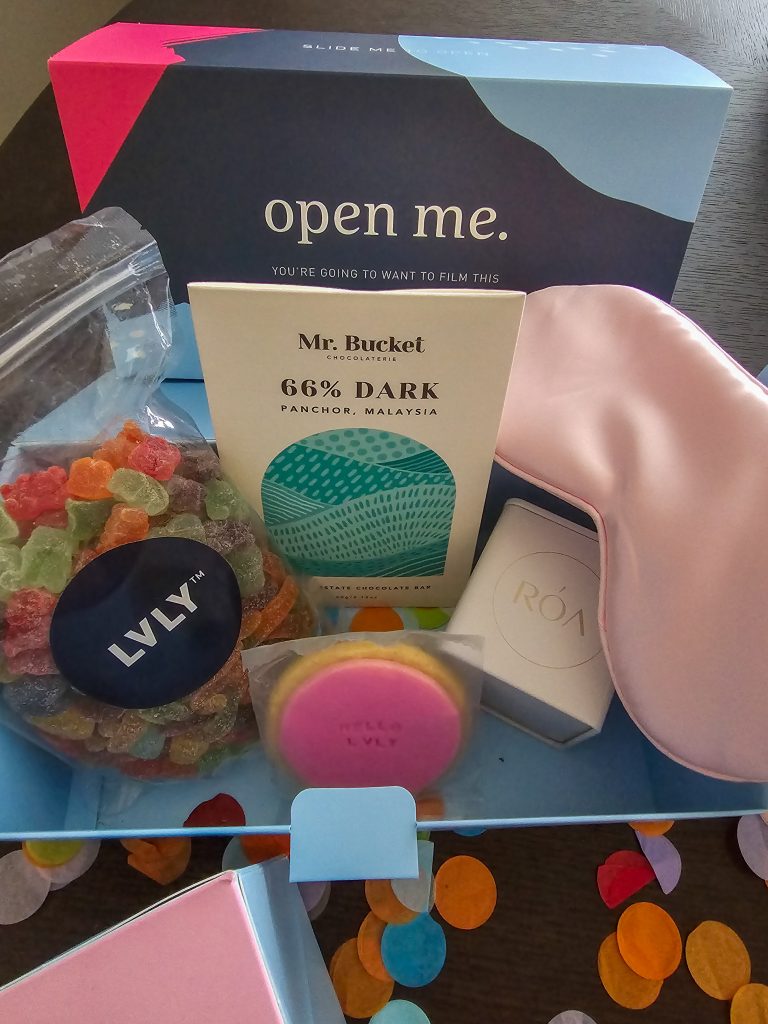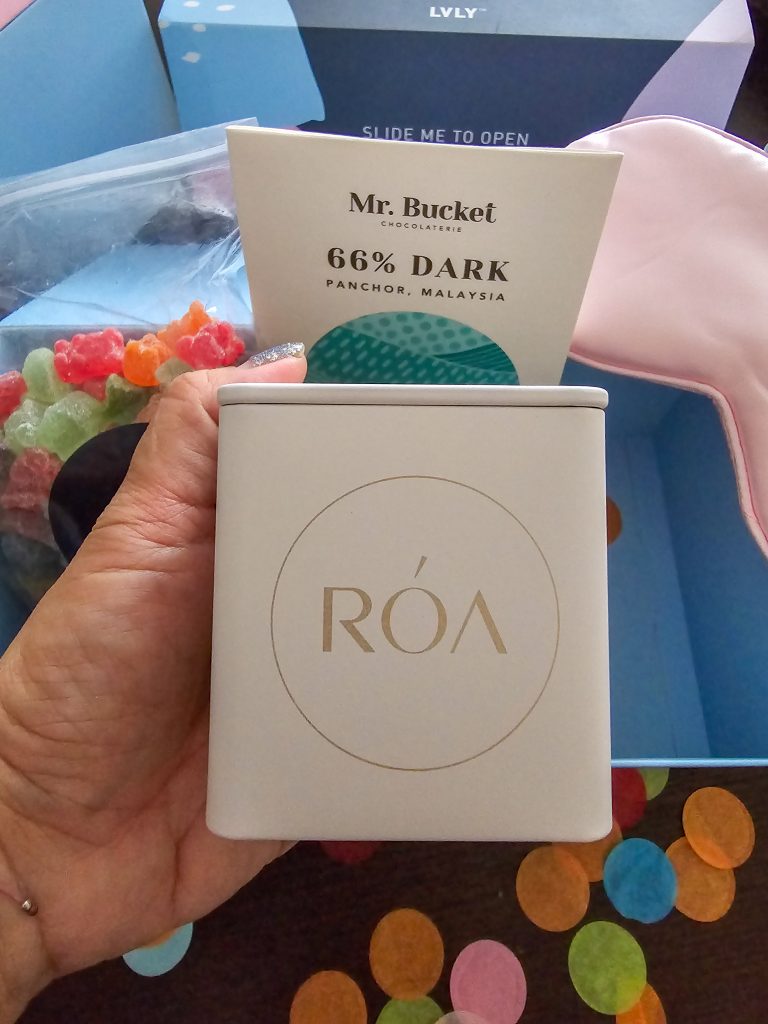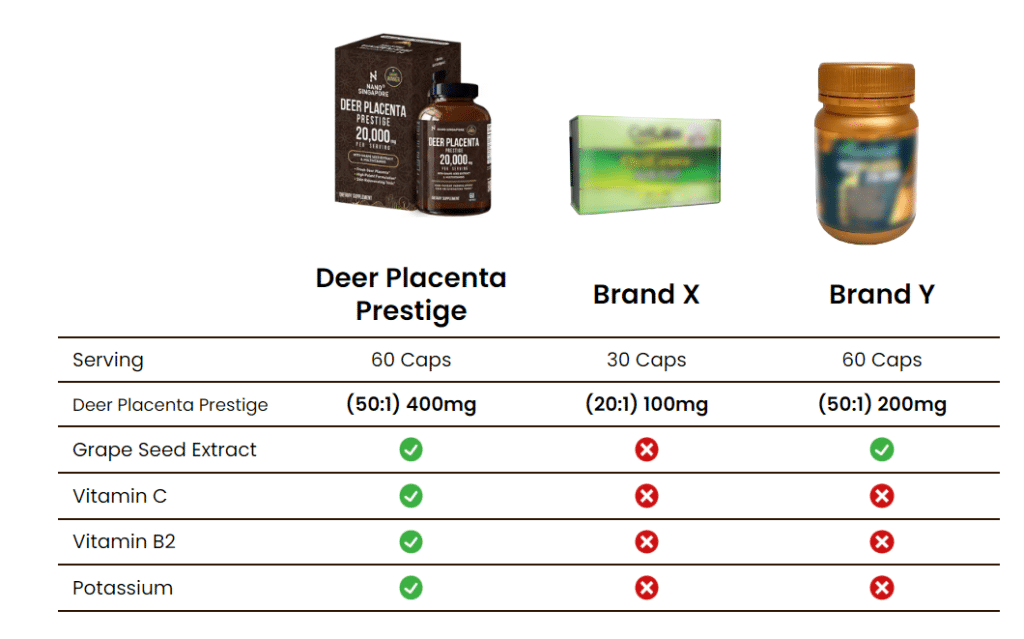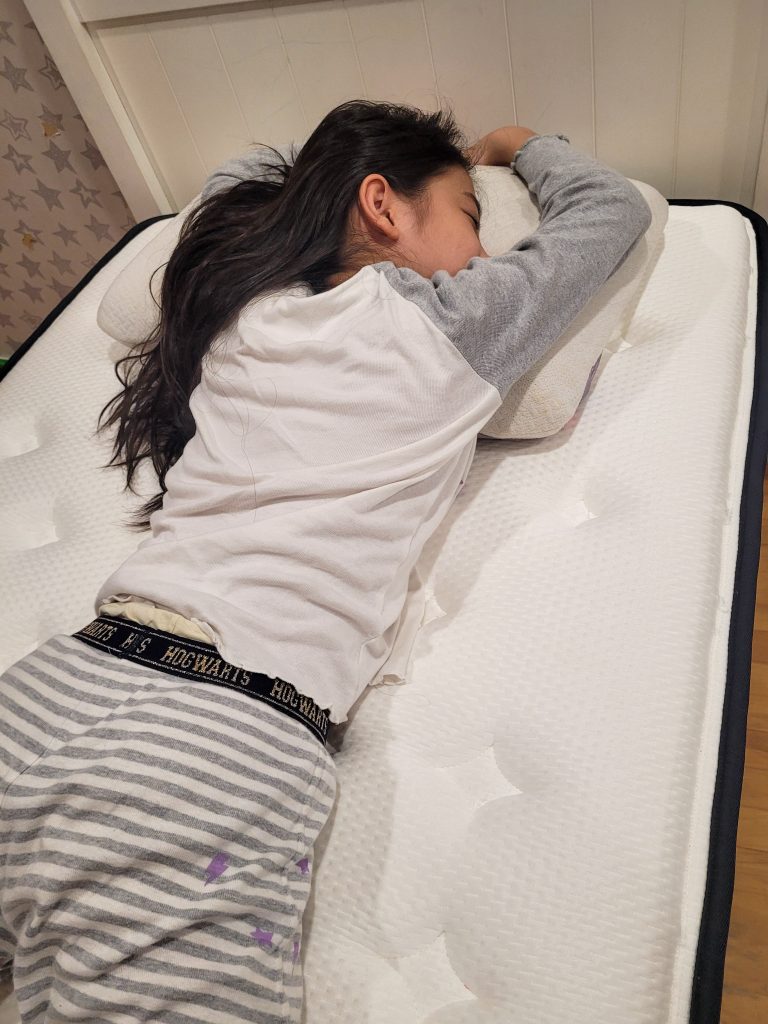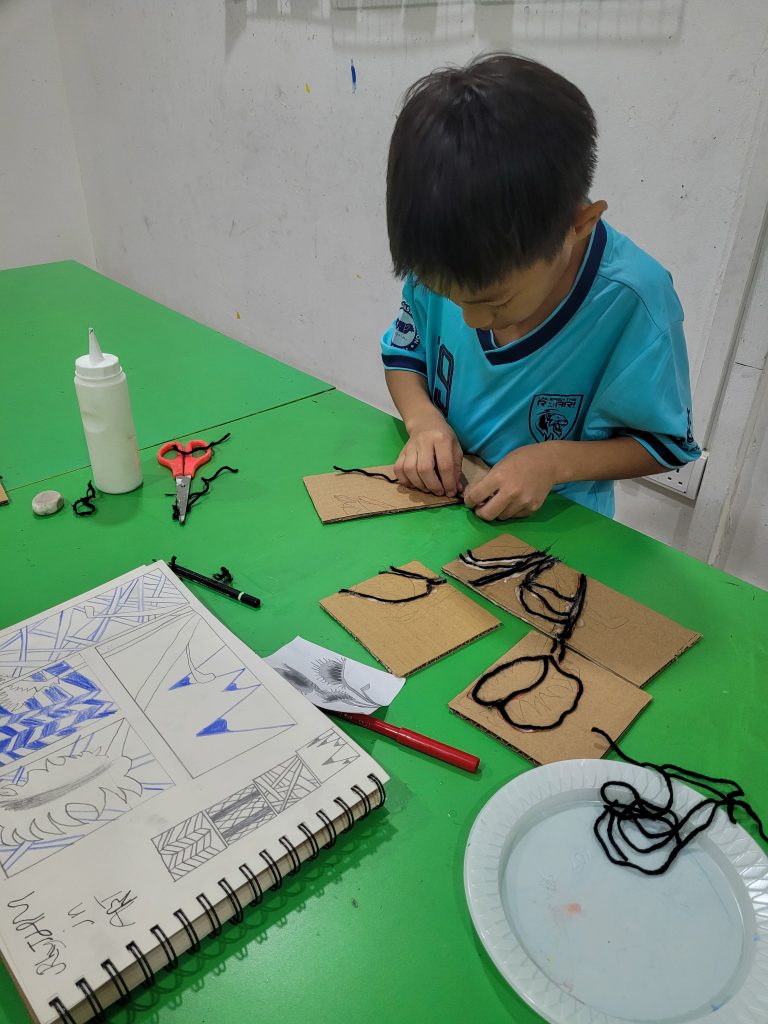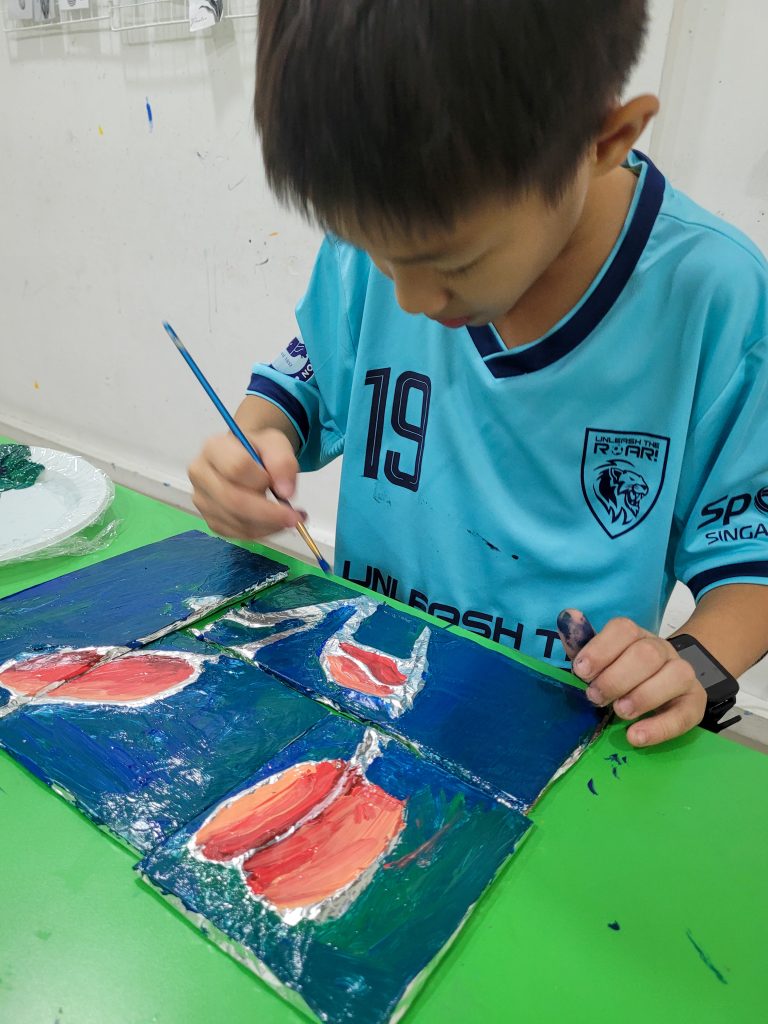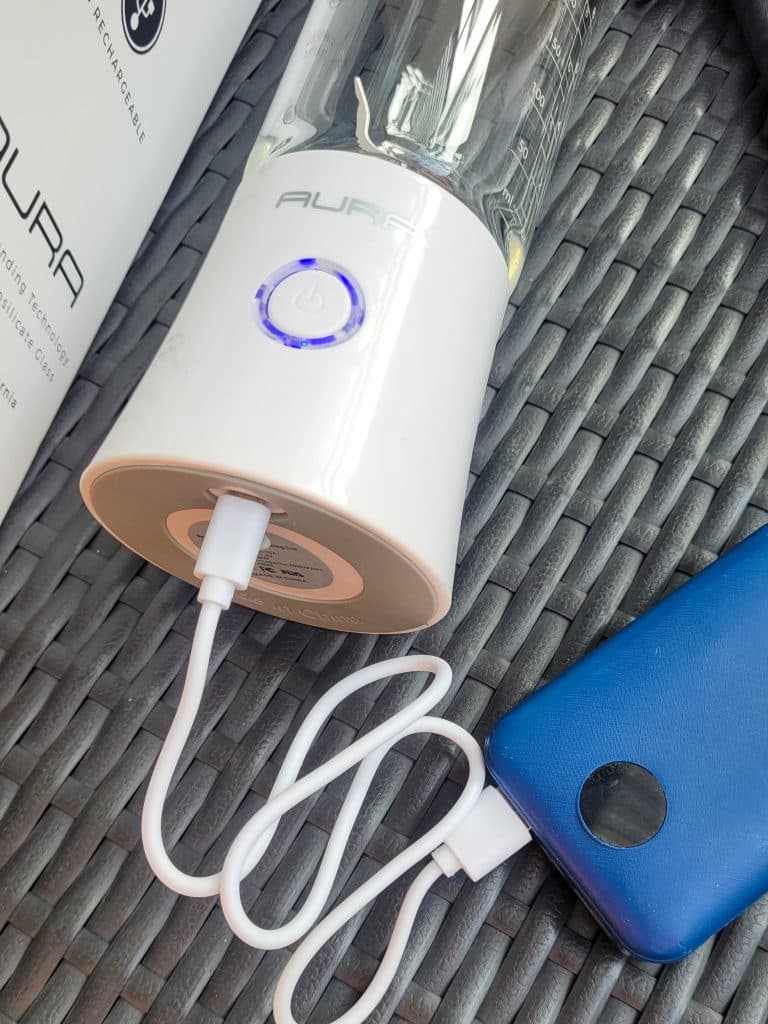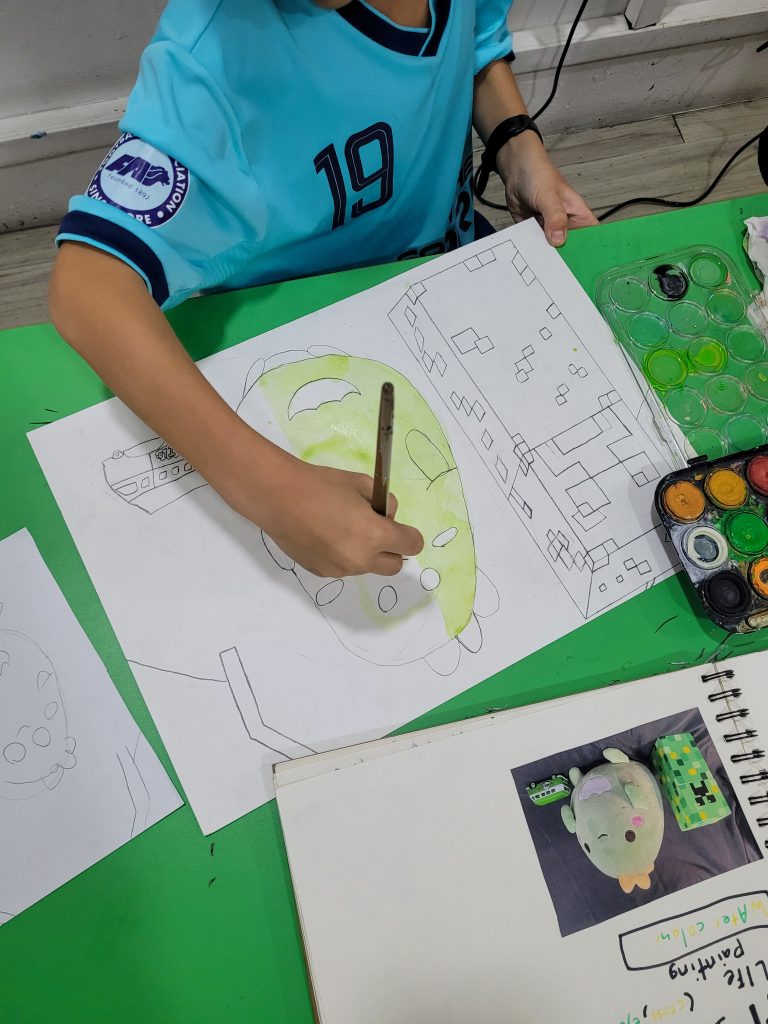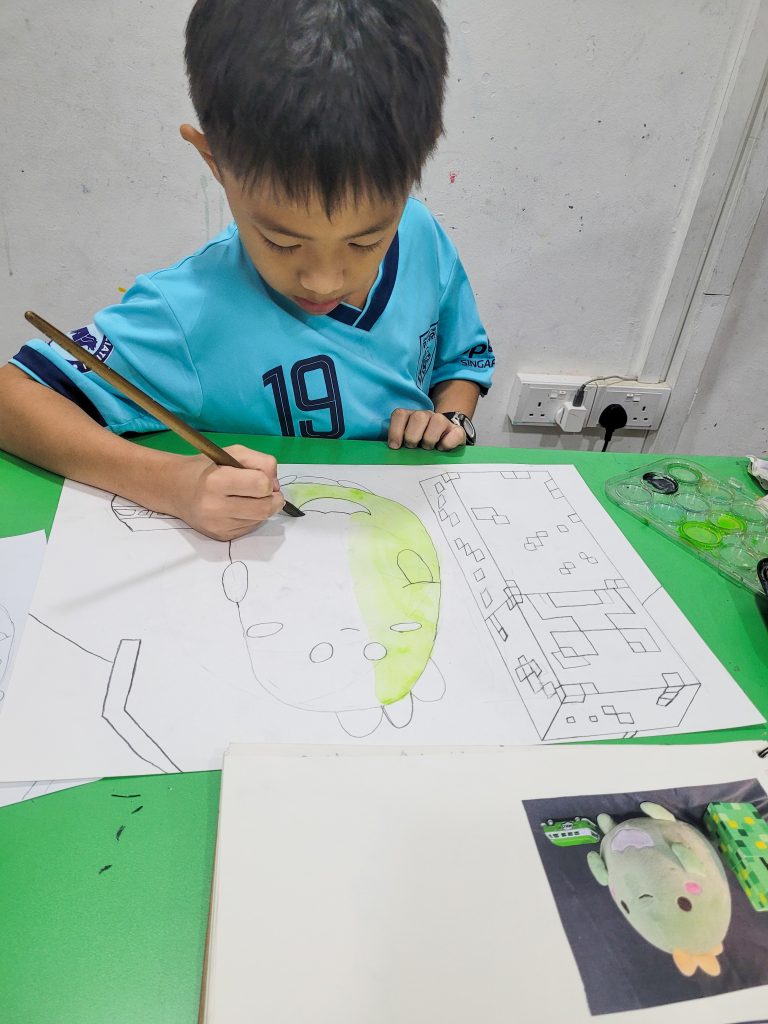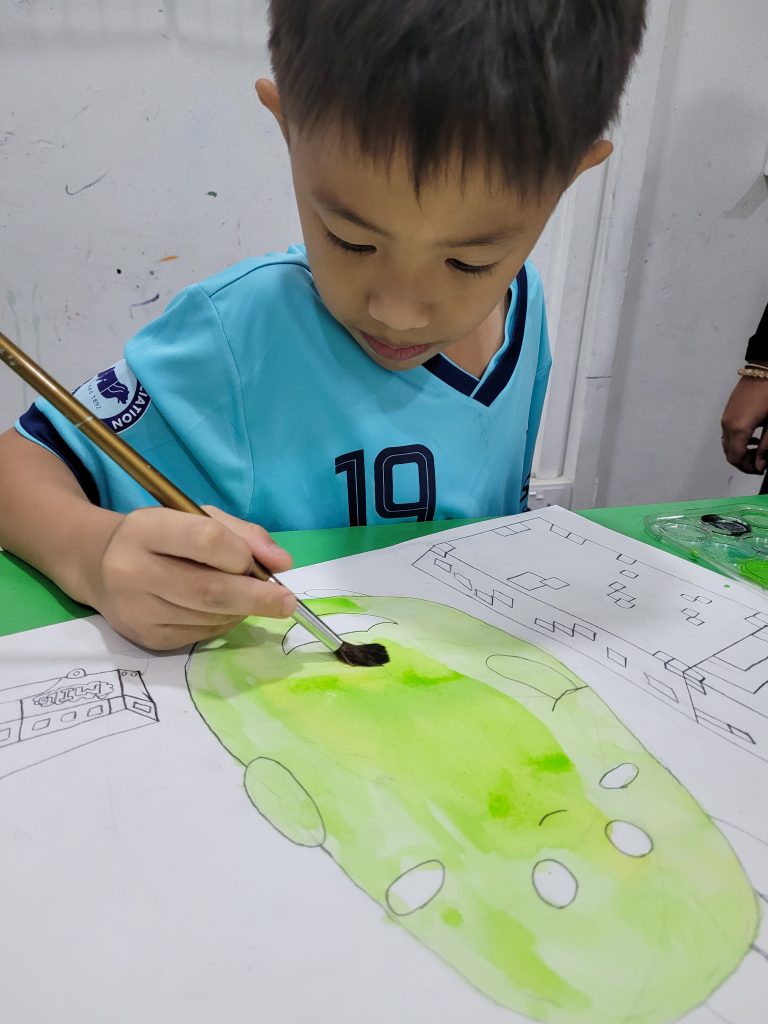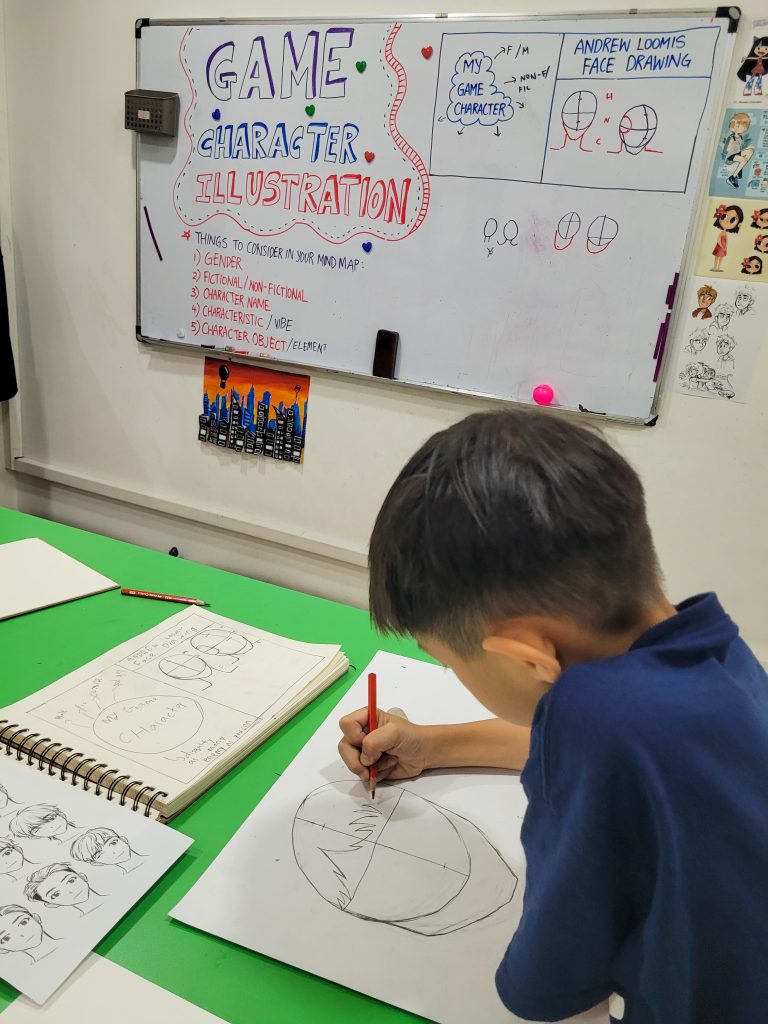Buying ergonomic school bags should not be an annual affair as they are supposed to last for many years. But with big C going into secondary school, I think it’s high time that she gets a new ergonomic backpack. The bag that big C had gotten since primary 1 lasted all the way to primary 6, in fact it is still in good usable condition still (see below), but she has definitely grown taller, new requirement to carry their PLD (laptops), perhaps a bigger capacity bag and being tween/teen they are more self-conscious about the colour and design as well.

With so many new entrants to the ergonomic school bag markets in recent months with many attractive designs and competitive pricing, I still decided to go back to Ergoworks to get big C’s new ergonomic school bags for her secondary school. Reason being, it was tried and tested and I do not wish to be burdened by the need to change the school bag every year as these ergonomic backpacks are not cheap either if we need to procure on an annual basis.
This post introduces the range of Ergoworks Impact ergonomic bags for older kids – upper primary to secondary school kids.
There are the models suitable for this age range.
IPEG 2369 – $109.90 comes in black, navy blue and pink
IPEG 167 – $109.90 comes in navy blue, pink , royal blue and red
IMEG 162 – $109.90 comes in navy blue, pink and grey
IM-00385 – $149.00 comes in bright pink, pink and navy blue (reviewed below)
IMEG 2370 – $109.90 comes in black, ice pink and aqua (reviewed below)
It is more advisable to head down to their flagship outlet at Marina Square so that the sales rep can advise you the difference between the different models, in terms of support, capacity, compartments etc. Also if you have an old Impact backpack, you can trade in for 20% off the price of the new backpack.
Below are the 2 two backpacks chosen by big C and small J, both from a functionality standpoint and ultimately the design they preferred. They have not shopped for a new school bag since primary 1, so the experience in deciding is so different to when they were in primary 1, now they are more opinionated, in fact personally, I think model IM-00385 has more compartments and support, but big C being all 12, she is more self-conscious about the colour and design so she chose IMEG 2370 instead.

IM-00385 in Navy Blue
Even before the sales rep explained the functionality of the backpack, it was love at first sight! In fact, due to its extra features, this is probably why this model is the most expensive of this range.

The lightest of this range at 0.89kg, this model also spots MANY MULTIPLE compartments (more than the other models). It has a stress-free backpack strap (not found in other models) so that the weight of the bag will not weight the kid down so much.


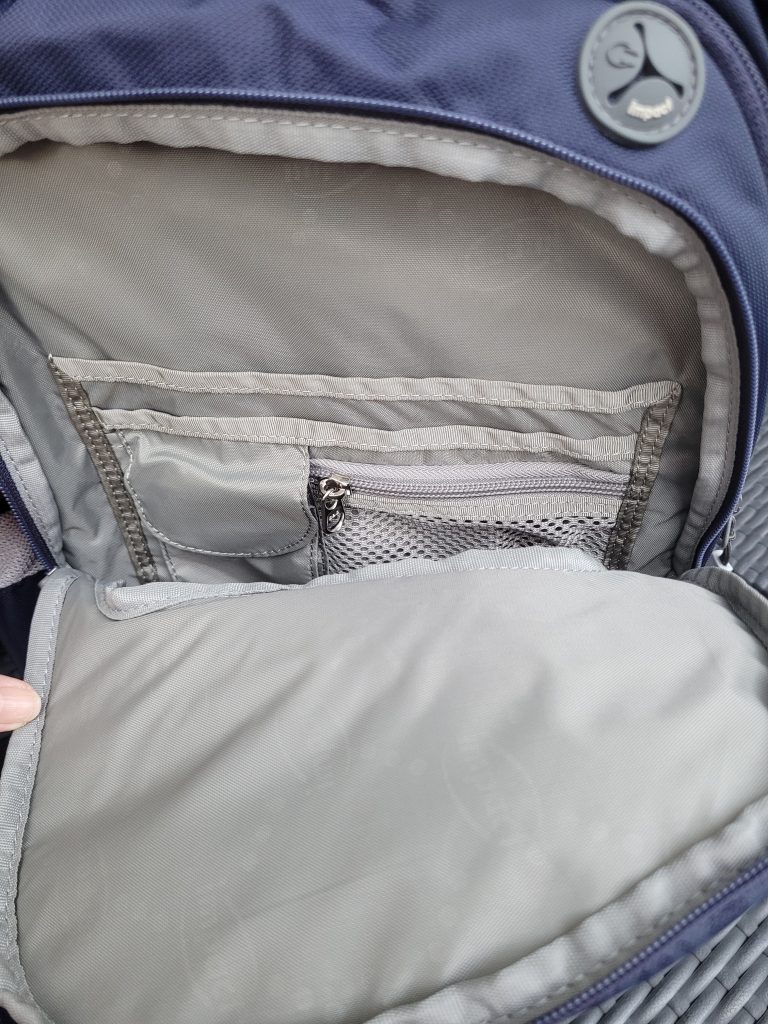


Like all other ergonomic models, all Impact backpacks are designed using patented Orthopaedic Spinal Protection System to Reduce Stress on Spine & Back, Promote Better Posture & Spinal Health. The rest of the features are similar to that of other models – detachable waist belts, parachute pull rings, USA 3M Scotchlite Reflective Safety Materials , 100% Made in Korea High-Quality Ballistic Nylon, Air Breathable Ventilation System, Anti UV, Dust & Water Resistant Materials and laptop sleeve area too!



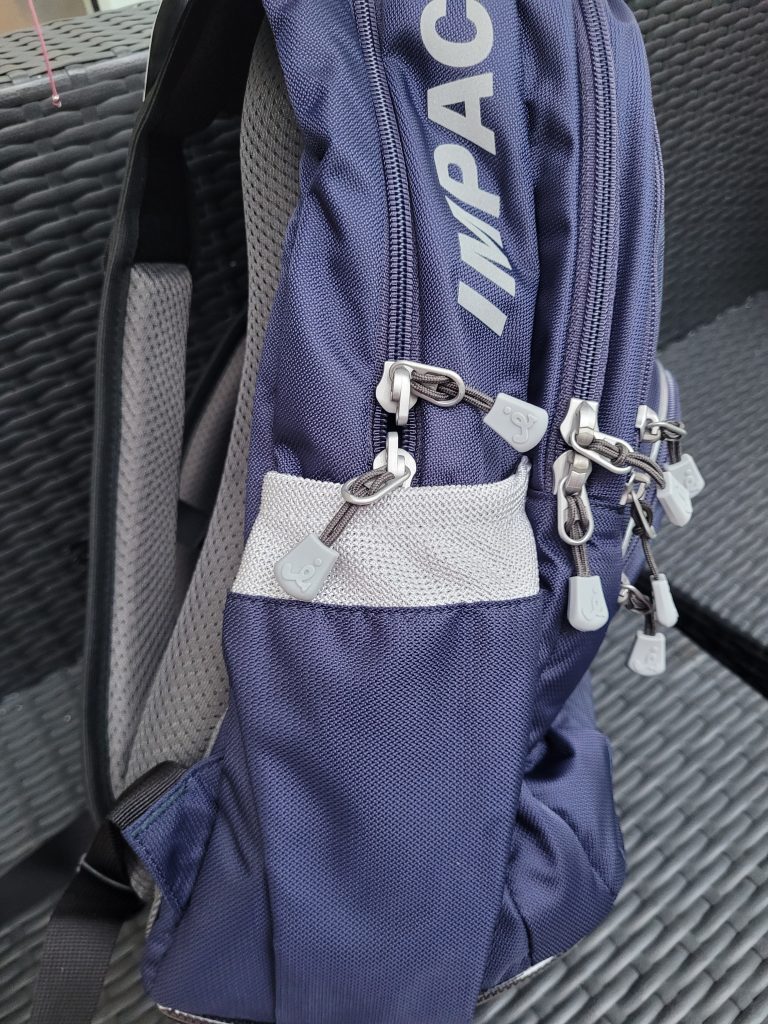
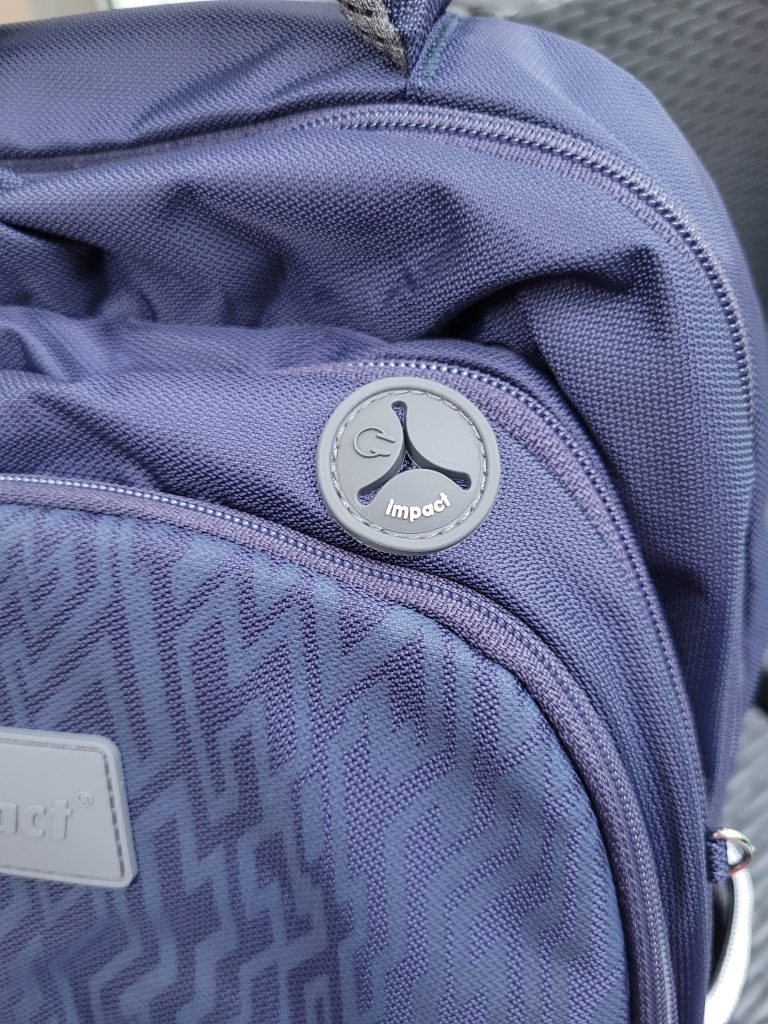

IMEG 2370 in Ice Pink
This was big C’s choice, she wanted a less loud colour, more plain design, more fitting for a secondary school student according to her.. Nevertheless, this model is also perfect for secondary school, at 0.95kg it is just a tad bit heavier with lesser compartments.







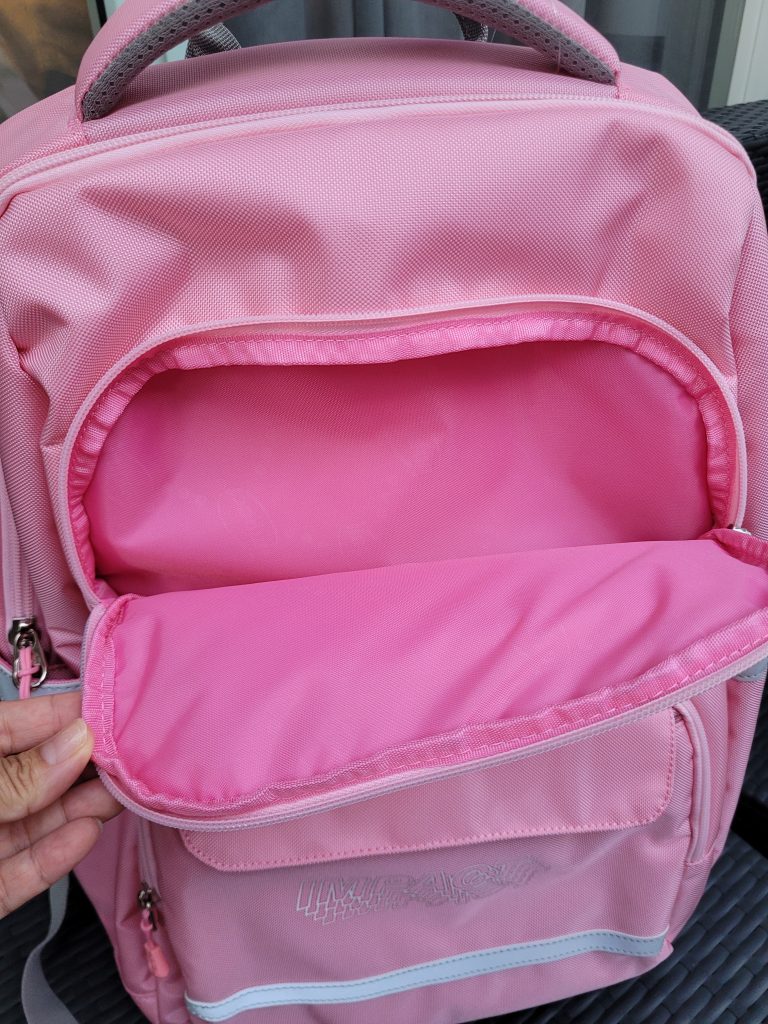

Like all other ergonomic models, all Impact backpacks are designed using patented Orthopaedic Spinal Protection System to Reduce Stress on Spine & Back, Promote Better Posture & Spinal Health. The rest of the features are similar to that of other models – detachable waist belts, parachute pull rings, USA 3M Scotchlite Reflective Safety Materials , 100% Made in Korea High-Quality Ballistic Nylon, Air Breathable Ventilation System, Anti UV, Dust & Water Resistant Materials and laptop sleeve area too! If you are more budget conscious, this is $40 cheaper and a very good ergonomic backpack in itself too and maybe from a colour perspective offers a different range of colour with this Ice Pink, Black and Aqua.

Check out our visit to their flagship store this week here
While you are shopping at their flagship store, do check out their range of ergonomic products as this store is also a one-stop solution on all things ergonomic – from ergonomic desk, chair, recliners, etc not just for kids and also adults too – all meant to improve your lifestyle and comfort.
Website
Facebook
Instagram
Marina Square
6 Raffles Boulevard #03-337 Marina Square
Opens Daily: 11:30am – 9.00 pm
Telephone: 6837 3370
They also have expanded to Malaysia with 2 outlets in Malaysia, you can check it out here.
Share the article






